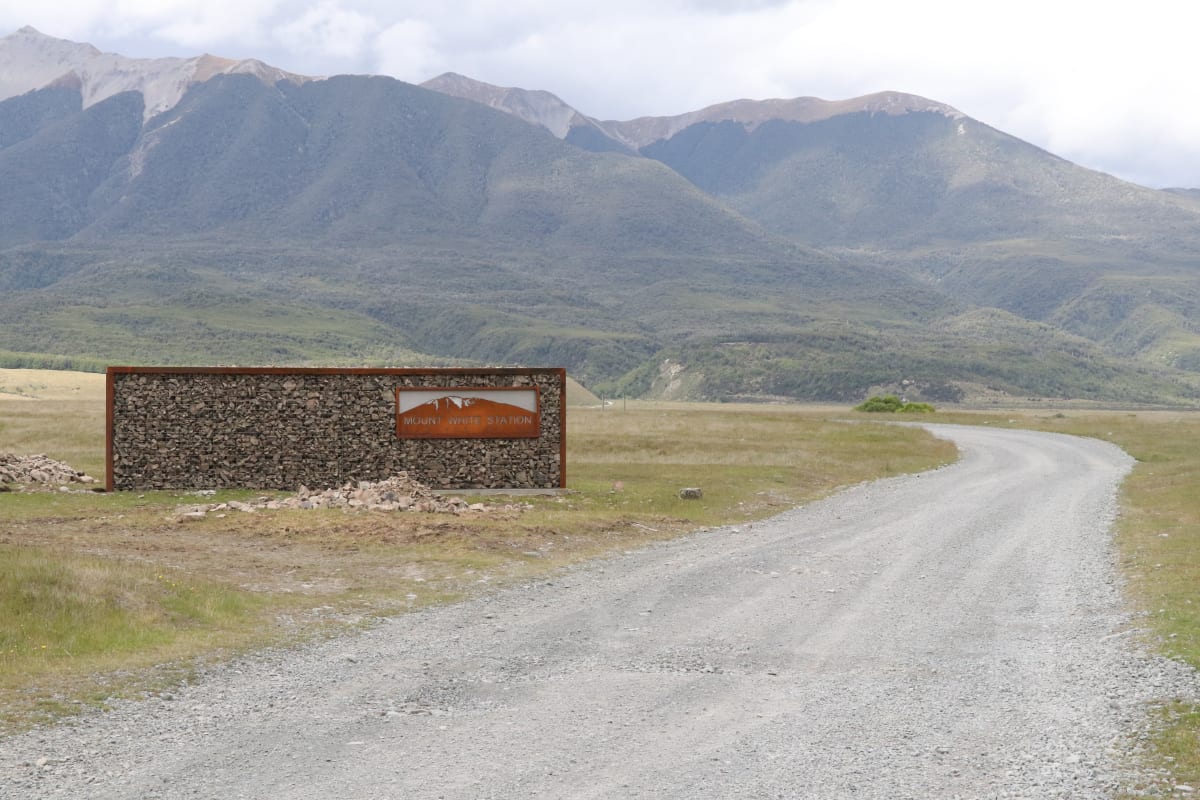In August 2018, a day after Land Information New Zealand announced it was selling a Canterbury farm station to a Czech-born businessman, the National Party went on the offensive in Parliament.
Hamilton East MP David Bennett (now a list MP) asked then Minister Eugenie Sage if she agreed with conservation lobby group Forest & Bird that the Government had failed to fix a historic ownership anomaly involving the 40,000-hectare Mt White Station.
It was a remarkable piece of political theatre, considering the previous National-led Government hadn’t found a solution in its nine-year tenure.
The 1000-hectare Riversdale Flats had been gazetted in 1901 for inclusion in the adjacent Arthur’s Pass National Park. But it was left out when the park was created in 1930, and was rolled into Mt White’s lease.
The issue bubbled along for years without resolution. The national park’s management plan, published in 2007, urged for Riversdale’s inclusion.
Ten years later, as Mt White was readied for sale, Sage stood in Parliament berating the then Land Information Minister Nathan Guy for not moving on Riversdale.
Then the tables turned. The Green Party found itself in a coalition government and, in 2018, Mt White’s lease was sold. It was National asking the questions of Guy’s successor, Sage, in Parliament.
However, she was absent that day and Health Minister David Clark responded to Bennett. He respectfully disagreed with Forest & Bird’s comment it was “gutting” and “outrageous” the Government hadn’t acted on Riversdale.
“In fact, tomorrow a representative of the owner and Land Information New Zealand (LINZ) are meeting already to start discussing how to resolve the status of Riversdale Flats,” Clark said.
How slowly the wheels of bureaucracy turn.
Before the courts
Last year, Commissioner of Crown Lands Craig Harris, who oversees pastoral leases, wrote to Mt White Station’s owner Lucas Travnicek to say Riversdale would be excluded from the lease when it was renewed. The renewal was meant to happen next month but LINZ now says it will take place in January.
“I can confirm the matter is currently before the courts,” Jerome Sheppard, of Crown land manager LINZ, confirms by email.
It confirms what Travnicek told Newsroom last year. “I’m engaging lawyers because it’s a huge threat for the farm. If we don’t have the Riversdale we probably can’t farm here.”
The Czech multi-millionaire, whose family made its money in non-woven textiles, didn’t return Newsroom’s request for comment on this story.
The sticking point is the Reserves Amendment Act, which LINZ says prevents Riversdale Flats being rolled over as part of the lease. The lease still covers 38,340 hectares. Any use of Riversdale for grazing would require Department of Conservation approval – which seems unlikely if the block is added to the national park.
Newsroom asked DoC whether it was in discussions with Mt White about using the land.
“As the matter is before the Courts we are unable to comment at this time,” eastern South Island operations director Nicola Toki says in an emailed statement.
The High Court action is at an interlocutory stage (the process leading up to a substantive court hearing) which is heard in chambers, with the public excluded, so it’s unclear what relief Travnicek’s company Southern Ranges is seeking.

The upper Waimakariri is a special place.
It’s an important habitat for threatened bird species that nest in riverbeds, such as the black-billed gull, the black-fronted tern, the wrybill, and the banded dotterel.
Mt White itself has native short tussock grassland ecosystems which, according to renowned botanist Sir Alan Mark, are “best protected in public ownership and managed as a critically important public good resource”.
Forest & Bird conservation ambassador Gerry McSweeney, who owns Wilderness Lodge, which neighbours Mt White Station, says Riversdale Flats are already considered the gateway to Arthur’s Pass National Park.
Forest & Bird’s regional conservation manager Nicky Snoyink says protecting Riversdale is vital.
“Restoring the Riversdale reserve land as public conservation land will ensure that under-protected and increasingly threatened tussock and shrubland braided river terraces that are habitat and feeding grounds for at risk native species like the black-fronted tern/tarapirohe and banded dotterel/tūturiwhatu, will be more securely protected.”
The 2016 Canterbury (Waitaha) Conservation Management Strategy says the inclusion of Riversdale within the basin’s outstanding natural feature and landscape “reinforces the value of this proposed park extension”.
Not long before that strategy was published, Riversdale Flats was the victim of another mistake – about 50ha of reserve land was fenced and developed by the former Mt White lessees, the Turnbull family.
LINZ, the Crown land manager, retrospectively approved the work, against DoC’s advice, and without punishing the Turnbulls. In fact, LINZ approved a wider development spanning 1000ha of non-reserve land. (Part of Riversdale Flats is freehold land.)
McSweeney wonders if Travnicek’s consultants did enough due diligence on the Mt White sale, considering the Riversdale issue was public in 2017. Is it a case of caveat emptor? The High Court will decide.
Assuming the case clears the way for the block’s inclusion in the national park, there are several loose ends to tie up.
The NZ Conservation Authority is the body that adds areas to national parks, McSweeney says. Also, Ngāi Tahu will have to be consulted.
(Land at Mt White was bought from the former Māori owners in what’s known as the 1848 Kemp deed of purchase, labelled a “swindle” as it relied on a false translation to break promises to Māori. Dispossession and injustice led to the Crown apology in the $170 million Ngāi Tahu settlement in 1997.)
“The other thing that will be required is for the three-tonne sign saying Mt White Station to be removed from the reserve,” McSweeney says, “so that the people of Canterbury and New Zealand can be reassured this is in fact public land, not private land.”



